Metea student offers up peer art class to provide unique learning opportunities for students with special needs
Twin sisters Jordan and Kirsten Dullnigg
Metea Valley has made great strides toward providing opportunities for students with special needs through programs such as Special Olympics, Peer Partners, and even a new culinary course specifically catered to their needs. A number of students at the school have a particular interest in pursuing social work and special education for a career and are working to arrange even more options for students in the program. Jordan Dullnigg, a junior at Metea Valley is endeavoring to do just that.
In December of 2018, Jordan decided to offer up the idea of a peer art class for the next school year as of that month. Jordan first expressed her idea for the course because her twin sister, Kirsten, has cerebral palsy, which interferes with Kirsten’s movement, muscle tone, and posture, making communicating difficult. Jordan feels as though Kirsten is losing out on a meaningful, age-appropriate and challenging curriculum that could greatly foster her overall growth, both physically and emotionally.
“At home, Kirsten is always coloring. And whenever she’s not working at school, she’ll be playing with legos or doing something hands-on. The only electives available to her and her peers are Home Maintenance or Peer Culinary, and then Peer Partners, and I think there should be more options,” Jordan says.
Currently, District 203’s Naperville Central High School own peer art class is proving to be quite successful, as the school is one of few in the area that administers the course. On some days, the class focuses on painting and drawing projects whereas other days, students may even do work with ceramics. While projects are primarily teacher-developed, those who run the course also preach the importance of taking into account the individual goals of students.
“Overall, I would want the class to allow students to do projects that the teacher would assign because it would challenge them with something new,” Jordan explained. “I want them to be able to broaden their horizons, and experience something they normally wouldn’t face.”
Jordan also emphasizes how the course has the potential to be very beneficial in encouraging creativity, while projects such as fingerpainting involve sensory stimulation, a very engaging aspect of administering courses to high schoolers with special needs. For students like Kirsten, it can be difficult to perform in classes that don’t include unique opportunities to work on and improve their motor skills by means of various mediums. Generally, the making of art is proven to have an array of cognitive benefits concerning development, and actually facilitates new connections to the brain being made as well as problem-solving skills.
“Students with special needs are no different than other typical students. The students with special needs should be allowed to take other classes they enjoy and get to see more of their school.”
Dullnigg is working to have numerous trial runs of the class in hopes of implementing the course by Fall of 2019.
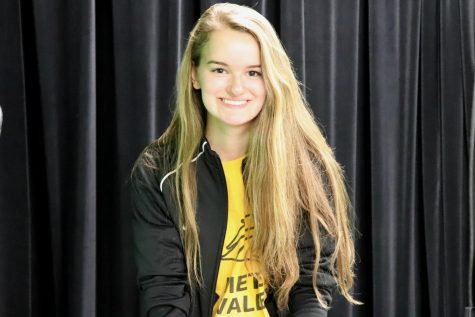
Noelle Smagala is a senior, and this is her second year on staff now as social media Editor and website manager of Metea Media. Though she has loved writing...
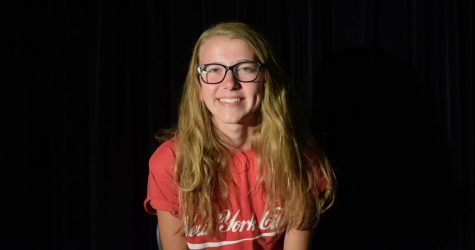
Riley Burgoon is a senior entering her first year on staff as a photographer. Outside newspaper, she is also a part of Marching Band, Wind Ensemble, and...


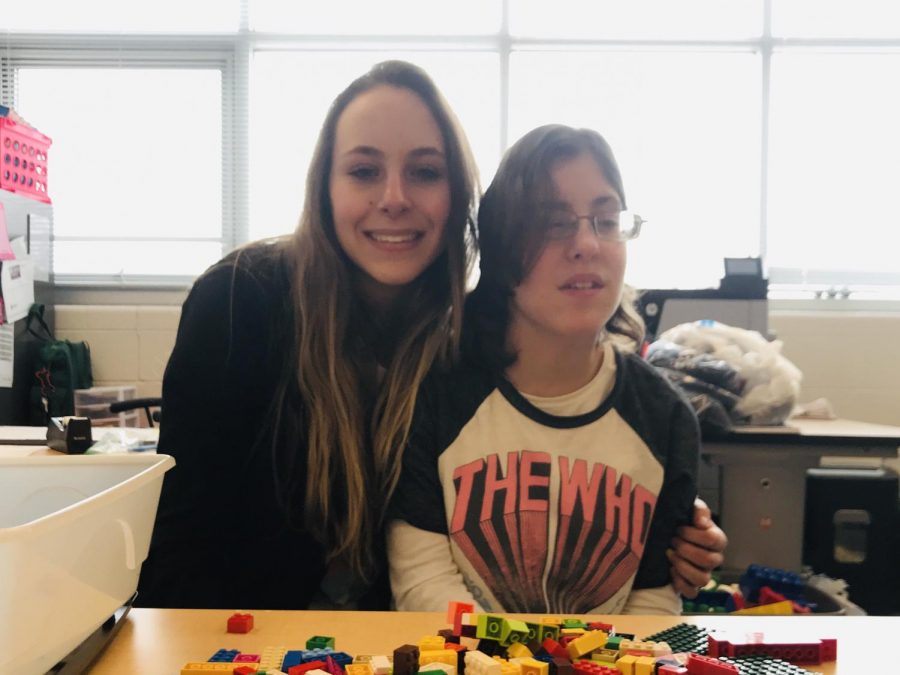


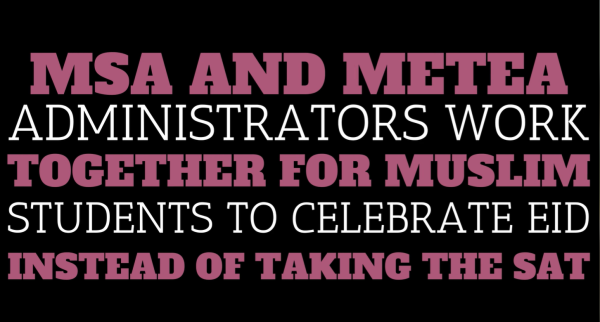
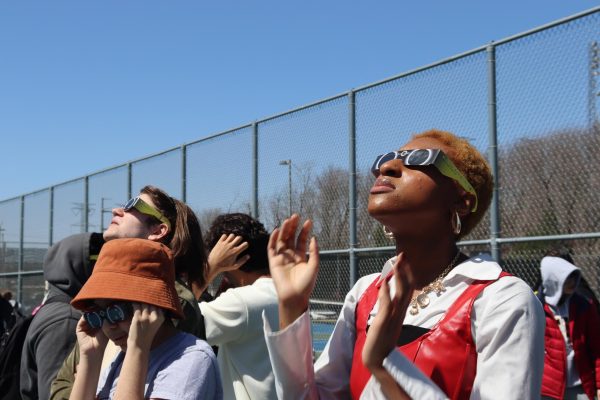
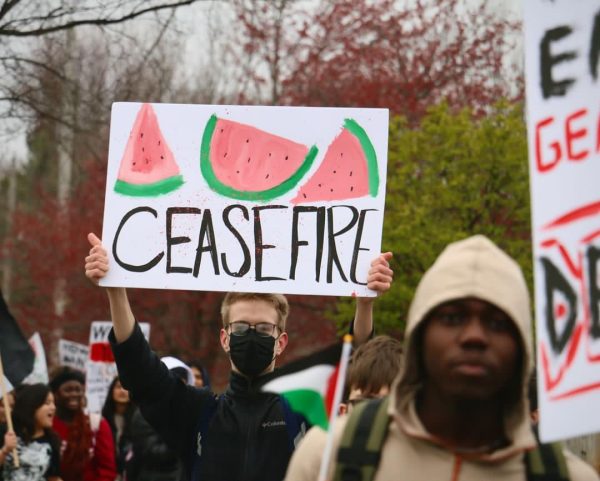

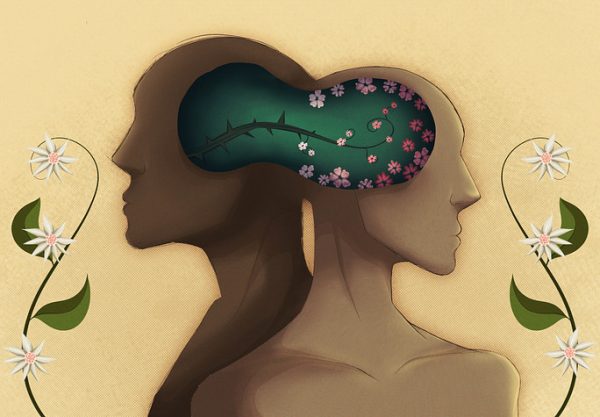
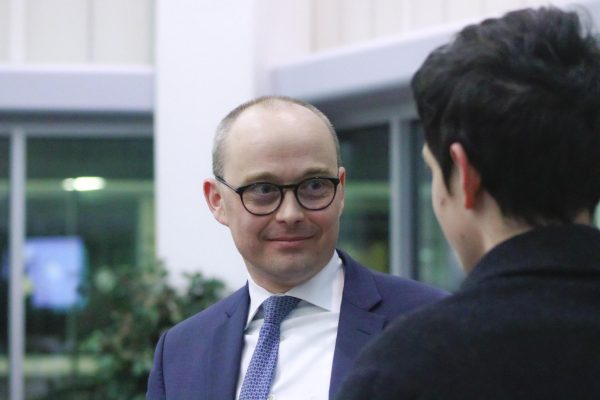
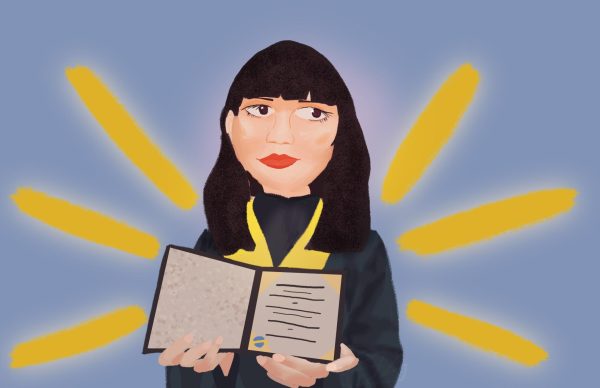
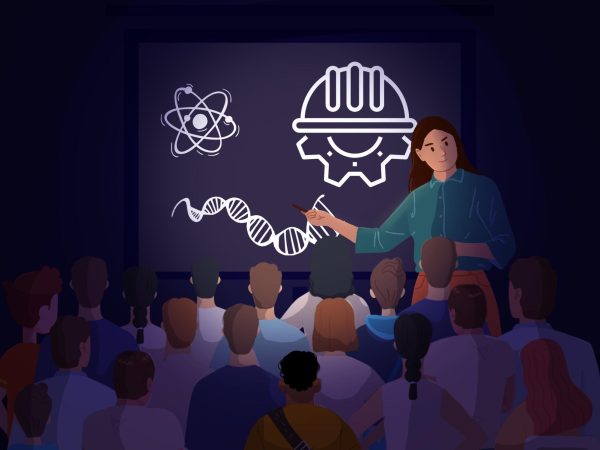
Julianne • Mar 6, 2019 at 2:28 pm
This is incredible!! Jordan really is amazing and I’m so glad that this is happening because kids with disability deserve the opportunity to have the same access to fun classes! It’s people like her who are making our school and community better!!
Sima • Mar 6, 2019 at 1:31 pm
So proud of Jordan! Always putting others first and making sure everyone has equal access to a quality education. Can’t wait to see what her future holds.
supporter • Mar 6, 2019 at 10:36 am
I think this is a great idea.